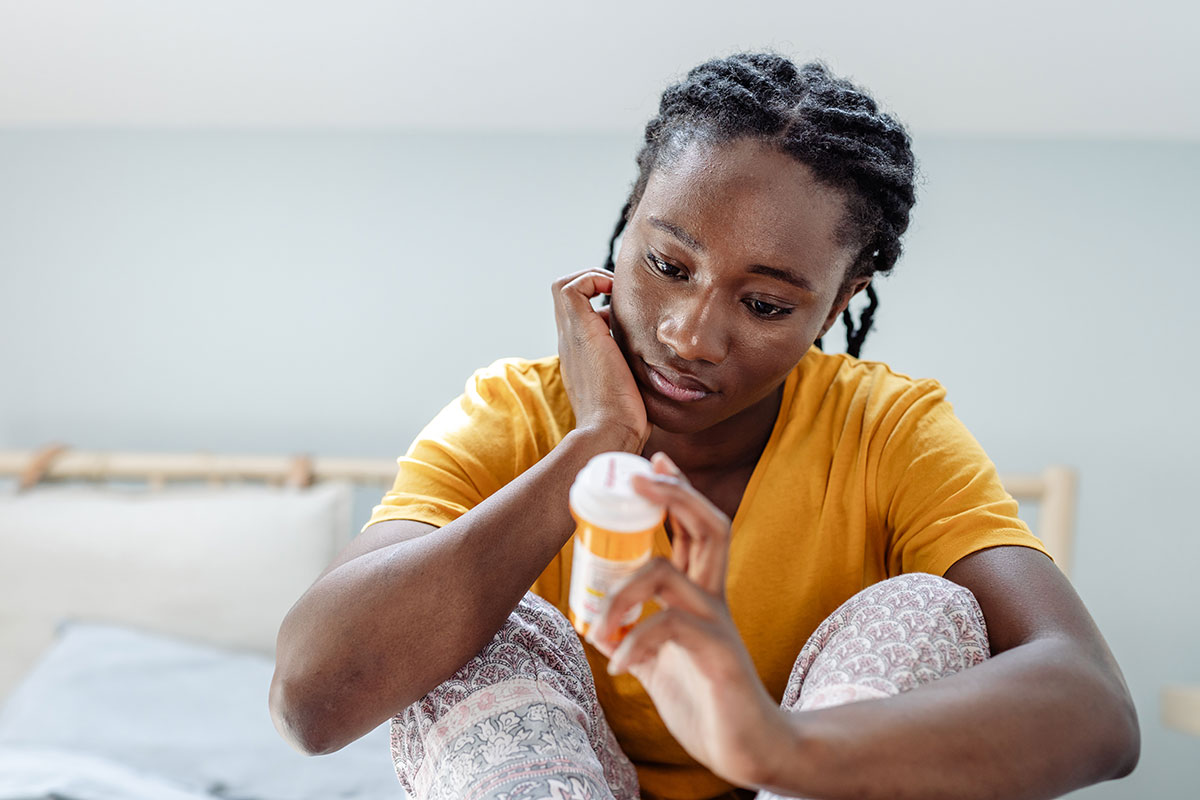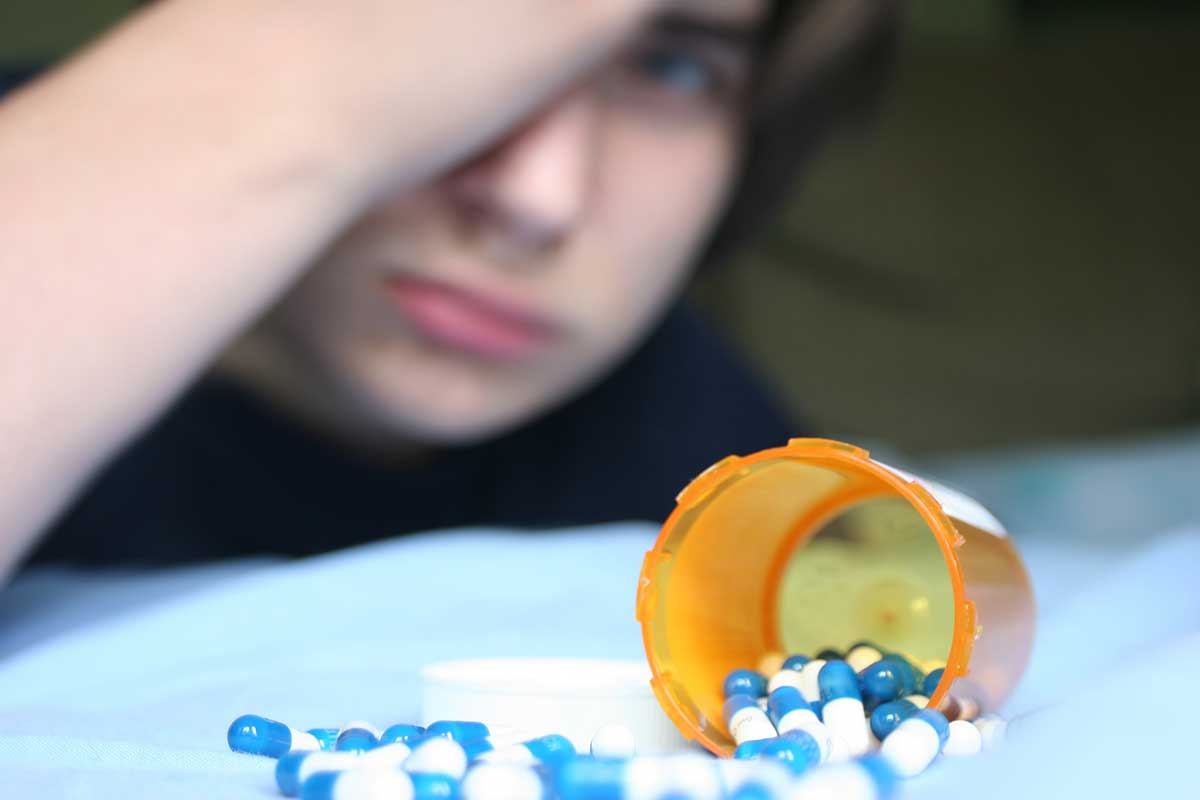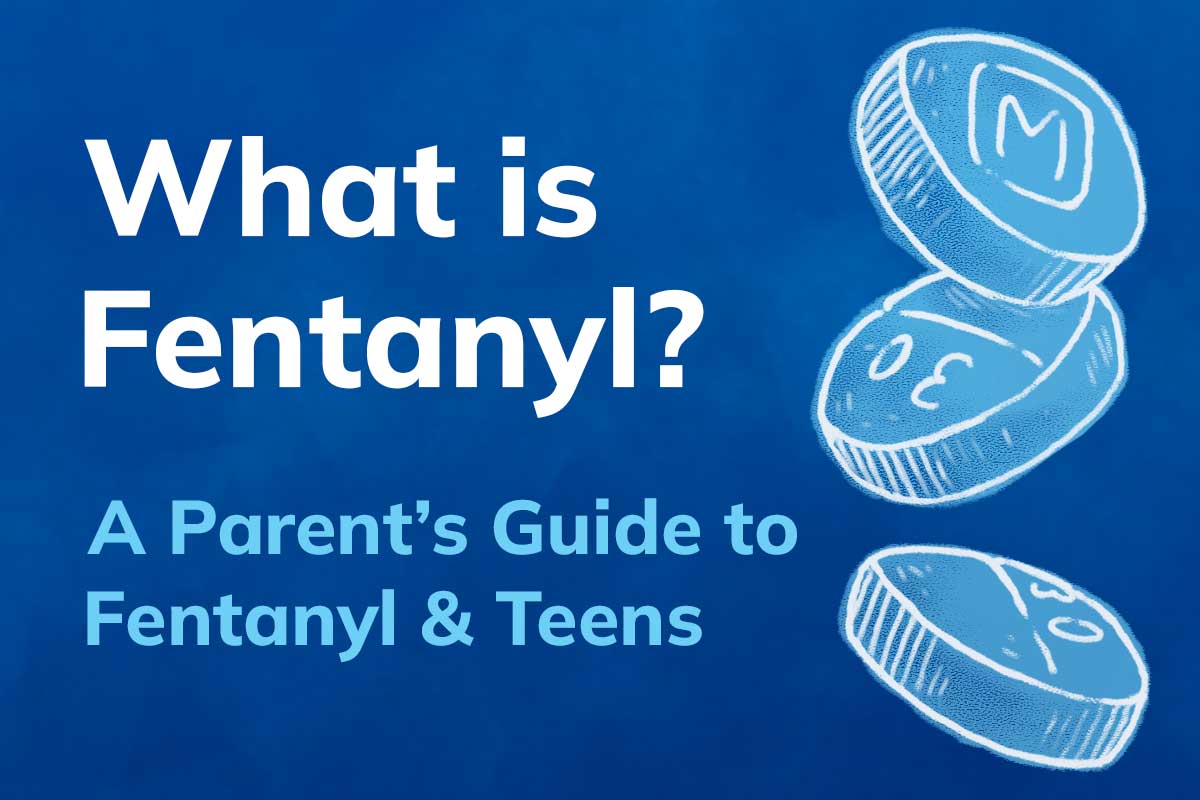For many, the teen years are a time for “firsts.”
First car, first dance, and, for many, first encounters with substances like alcohol, nicotine, or prescription pills. Many teens may not see the danger in trying something for the first time or “just one time.” Yet research shows that early experimentation is the strongest predictor of later substance use disorders.
Find out how substance use can lead to misuse and disorders, and the dangers that teens face when they experiment with counterfeit or illicit substances.
Understanding How Substance Use Can Progress to Misuse
Substance use is a term describing the use of a substance, whether legal, illegal, medicinal, or recreational.
For many adults, the use of some substances is legal and culturally accepted. Having a cocktail after work, consuming marijuana in states where it’s been legalized, and smoking nicotine in the forms of cigarettes, e-cigarettes, or cigars, for example. It can also include the consumption of prescription medications.
Not all substance use leads to problematic use. However, prolonged, repeated, or early use of substances (in adolescence) can lead to substance misuse.
Substance misuse is defined as the use of a substance for a purpose not consistent with legal or medical guidelines, or using a substance when it harms health or functioning.
When substance use starts to shift outside of medically-approved or socially (or legally) acceptable limits, it becomes substance misuse.
This can look like:
- Taking more of a prescription pill than prescribed, or shortening the time between doses, to “feel good”
- Taking a prescription that was intended for someone else
- Using alcohol as a way to cope with stress or negative emotions
- Drinking more than the legal limit and driving a vehicle
- Not being able to abstain from vaping, even in areas where it is prohibited
- Needing to consume marijuana to relax or get to sleep at night
When Substance Misuse Turns to Substance Use Disorder
With repeated use, substance misuse can turn into substance use disorder, a chronic health condition defined as:
- a strong desire or sense of compulsion to take a substance
- difficulty in controlling its use
- the presence of a physiological withdrawal state
- tolerance of the use of the substance
- neglect of alternative pleasures and interests
- persistent use of the substance, despite harm to oneself and others
Substance misuse can lead to changes in the body and brain, which create the primary symptoms of substance use disorder.
Tolerance: Over time and with repeated use, a person will need increasingly larger amounts of a substance to feel its effects. One daily alcoholic drink becomes two, and then three.
Craving: a person will feel a strong need, desire, or urge to use a substance and will feel anxious and irritable if he or she can’t use it. An occasional e-cigarette use becomes daily, hourly, and then a constant craving for nicotine throughout the day.
Physical dependence: As the brain adapts to constant substance use, the brain adjusts to the presence of the substance, leading to changes in the brain’s chemistry. Now the person physically needs the substance just to feel “normal.”
Withdrawal: After the brain has changed to accommodate persistent substance use, a person may experience withdrawal symptoms when they decrease or stop their use. Withdrawal symptoms differ depending on the substance, but they can include nausea, vomiting, sweating, chills, shakiness, and extreme anxiety. These withdrawal symptoms are alleviated when the person returns to the substance.
Loss of control: With repeated use, a person often will experience a loss of control, such as using the substance at a time or place they had not planned to, engaging in illegal or socially unacceptable behaviors to access or use a substance, or attempting (and failing) to reduce or stop their substance use.
Adolescent Substance Use Is Risky Business
The adolescent brain is still developing and changing. It’s wiring its impulse-control and reward centers, and substance use during this critical period can reshape those circuits, paving the way for a future of substance use disorder.
Teen substance use can interfere with the areas of the brain responsible for decision-making, impulse control, and emotional regulation, which can lead to cognitive impairments, emotional instability, and increased risk of mental health disorders.
Substance abuse can worsen or trigger mental health disorders like anxiety, depression, bipolar disorder, ADHD, and even psychosis.
Teens may use substances to cope with stress or difficult emotions, but this can create a cycle where substance use exacerbates these issues, making them even more challenging to manage.
Understanding the Risk of Opioid Use
The misuse of prescription opioids can be particularly risky for teens.
Many teens mistakenly believe that prescription medications are “safer” than illicit street drugs because they’re prescribed by doctors and made by reputable companies. A teen may even have their own prescription for an opioid painkiller following a surgery. Yet, teens may not realize how opioids affect their brains, priming them for substance misuse and putting them at risk for fatal overdoses.
As many as 11% of US adults self-reported opioid misuse last year.
When an opioid reaches the brain, it latches onto opioid receptors to help the body dull pain and create a sense of well-being. Prescription opioids “unlock” this pain-relieving, feel-good reaction faster and more strongly than anything the body could do on its own. To counter this, the brain quickly tries to restore balance by reducing the sensitivity of these receptors and boosting opposing chemical messengers.
As the teen continues to take their prescription opioids for pain management, they’ll get less of the euphoric “feel good” feeling at the prescribed dose. Worse, they may start feeling bad in between doses. If the teen has access to their prescription, they may start increasing their dose or reducing the time between doses in order to stop feeling bad or to chase that original good feeling.
If a teen is experimenting with a pill found in the medicine cabinet or prescribed to a friend, that experimentation can quickly move to misuse and opioid use disorder.
One of the biggest risks to teens experimenting with opioids is the easy availability of counterfeit opioid pills.
The DEA has warned that drug traffickers have turned smartphones into a one-stop shop to market, sell, and deliver deadly, fake prescription pills and other dangerous drugs. In just a few clicks, young people can find, purchase, and have counterfeit pills delivered to their home, just like any other online order.
They may not even know they are purchasing counterfeit pills; they may believe they are buying legitimate prescriptions.
This becomes a problem when a large percentage of counterfeit pills (and illicit street drugs) contain fentanyl, a synthetic opioid favored by drug traffickers because it is cheap and easy to manufacture, highly potent, and can easily be mixed into illicit drugs and pressed into counterfeit pills.
The high potency of fentanyl can lead to an almost instantaneous overdose, especially for someone who hasn’t built up a tolerance to the drug.
For first-time users, adolescent experimenters, and kids who mistakenly trust the wrong person, their first time using a counterfeit pill or fentanyl-laced drug could be fatal.
Signs of Teen Substance Misuse
There’s no single sign that can clearly indicate a teen’s use, or misuse, of a substance. However, some physical, behavioral, and emotional symptoms could indicate a problem. Unfortunately, some of the signs of substance misuse can also be indicators of normal teenage changes, such as mood swings or changes in sleeping or eating patterns. If you start to see multiple signs of substance use, however, it could indicate a potential problem.
Physical signs:
- Pinpoint pupils
- Unexplained drowsiness or changes to sleep patterns
- Frequent flu-like symptoms (could indicate withdrawal)
- Decline in hygiene or changes to appetite
Emotional signs:
- Sudden mood swings
- Loss of interest in hobbies
- New social circles or new friends
- Anxiety when medication runs low
Behavioral signs:
- Missing pills
- Empty cough medicine bottles
- Secrecy and isolation
- Money or valuables are disappearing
- Skipping school or changes in academic performance
Prevention Can Protect Teens From Substance Misuse
Understanding the risks facing your teens from substance use and misuse can help you put prevention practices in place.
Talk to your teens: Help them understand how casual substance use can turn into substance use disorders and how dangerous experimentation can be at their age.
Model moderation: Teens notice how you use substances and whether you turn to alcohol, nicotine, or drugs under stress. Set an example.
Secure prescriptions: If you have powerful prescription medications at home, such as opioids, medications for anxiety or ADHD, or even OTC cough medicines, lock them up and remove the temptation. A medicine lock box with a combination lock, such as the Safer Lock Box, is a simple solution for preventing unauthorized access to medications.
Dispose of expired or unwanted medications: If you don’t need it, get rid of it. You can drop off medications at a medication drop-off location or use an in-home medication disposal product such as DisposeRx.
Share with your network: Let other parents of teens know the risks of experimentation and access to prescription painkillers. Work together to create a network of safety and open conversations with your kids.
Get help: If you suspect your teen has an issue with substance misuse or a substance use disorder, seek help. Substance use disorder, like other chronic health conditions, can be treated.



